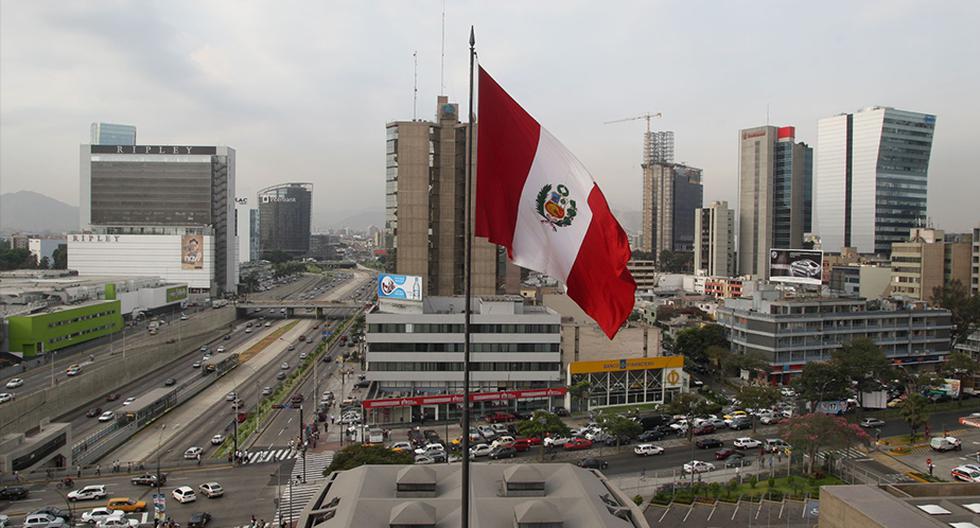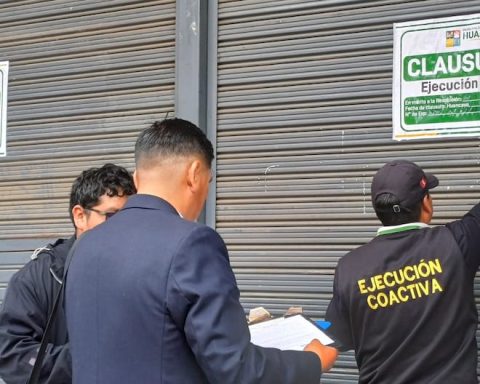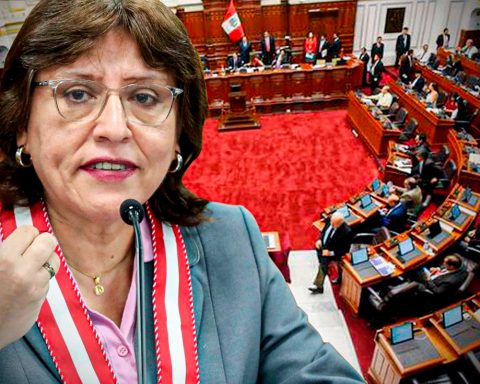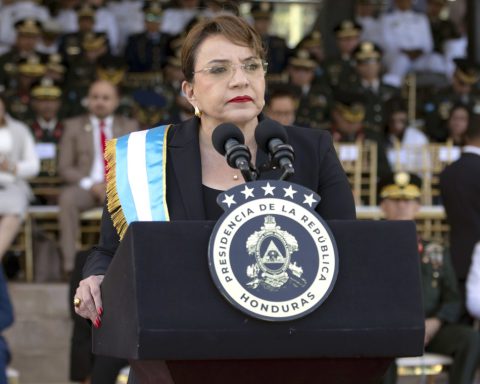Credicorp Capital Research estimates that the Peruvian economy will continue to grow in 2022 despite external risks and internal problems, such as strikes, protests and political uncertainty. Along these lines, an expansion of 2.5% is expected at the end of the year.
The report stated that with the conflict between Russia and Ukraine, the prices of commodities remain high and the risks are still high given the possibility of an additional escalation of the conflict. “The reduction in growth projections for both 2022 and 2023 has already begun to materialize. Risks remain on the downside with the duration of the war being key.”
“We still expect growth of 2.5% this year for Peru. However, the balance of risks remains tilted to the downside given the external context, internal social conflicts, high inflation and political uncertainty”, points to the document.
LOOK: Financial inclusion: One in 10 Peruvians is fully included in the financial system
Despite the downside risks indicated, activity in the remainder of the year will continue to be driven by higher terms of trade, as well as lagging consumption versus pre-pandemic levels in labor-intensive items such as transportation, restaurants, and services provided to companies. , which can contribute around one percentage point to this year’s growth, amid fewer social restrictions such as the expansion of the capacity allowed in most businesses to 100% as of February 28.
Credicorp Capital Research considered that a new withdrawal from the AFPs will also support consumption.
Likewise, the report affirms that the start of the new mining projects (Quellaveco, Mina Justa and the Toromocho Expansion) will contribute up to 0.7 percentage points to the Peruvian GDP.
Inflation
Credicorp maintains that headline inflation rose to 7.96% in April, a 24-year high. In addition, that “the fiscal accounts have continued to surprise positively due to the high prices of metals, the recovery of the economy, the repayment of debts and low execution of spending in various items.”
LOOK: Only 12% of Peruvian women are fully included in the formal financial system
Under this scenario, inflation expectations at their highest since 2008 and the approval of a new withdrawal of AFPs that could release resources of around 3% of GDP, the BCRP’s policy rate could exceed the 6% currently estimated by the holding company. financial.
“Despite the fact that we recently raised our BCR policy rate estimate, risks remain on the upside given continued pressure on inflation, although the fiscal accounts continue to surprise on the positive side”he pointed.
Finally, the report highlights that on April 29 Fitch maintained Peru’s sovereign rating at BBB with a stable outlook, a decision supported by the country’s net external creditor position, its macro-policy record and moderate public debt.
“Among the risk factors, a further deterioration in political conditions or constitutional changes that affect the economic and political balance could lead to a downgrade in the future according to Fitch”, the investment bank recalled.
Balance of risks and factors to monitor according to Credicorp Capital Research
Positives:
- High levels of metal prices drive activity through higher national income and a trade balance that will continue to register historically high levels.
- Reopening of the economy (100% capacity in main businesses), contained consumption and government programs will maintain a good performance of private consumption.
- Quellaveco, Mina Justa and Toromocho expansion will contribute about 0.7 percentage points to growth in 2022.
- Fiscal deficit much lower than expected in 2021 (2.6% of GDP) and so far this year (1.7%), as well as setting fiscal rules consistent with fiscal consolidation.
- Transfer of about 2% of GDP to the Fiscal Stabilization Fund (FEF).
- High international reserves of almost 35% of GDP and Cerda of 5 times the short-term debt.
Negatives:
- New proposal to change the Constitution by the Government raises uncertainty.
- Protests and social conflict in the agricultural, mining and transport sectors with a negative impact on activity and inflation.
- Business confidence remains at historically low levels, which will eventually mean low private investment in the coming quarters.
- High inflation and precariousness of the labor market in the face of a sharp increase in underemployment are reflected in lower consumer confidence, imposing risks on future private consumption.
- New withdrawal from the AFPs that could imply an outflow of funds for S/ 27,000 million (3.1% of GDP).
Factors to monitor:
- Proposal for change to the Constitution.
- Government-Congress relationship.
- Situation of protests and social discontent.
- Renegotiation of the Camisea gas contract.

















